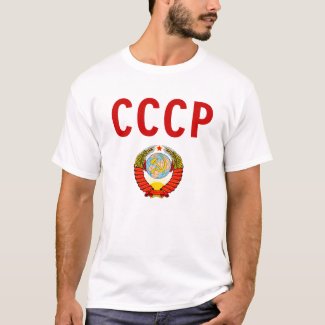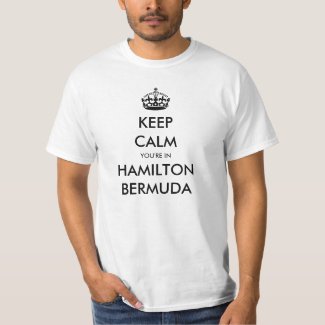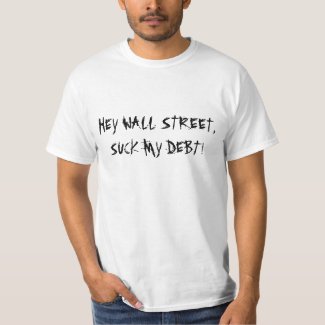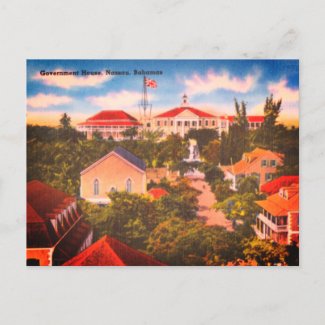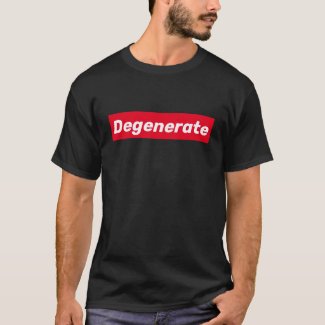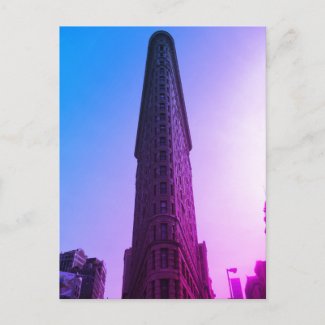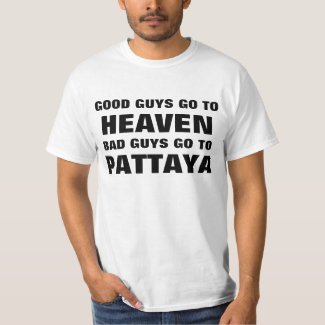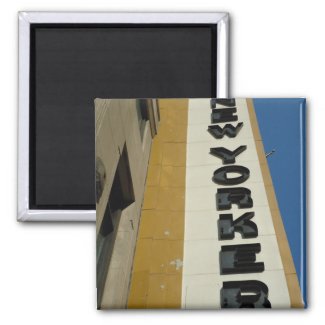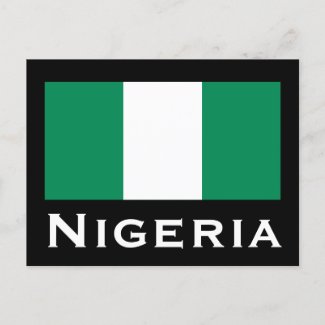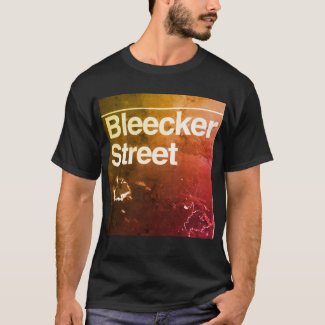Some people love to decry the Starbucks experience as generic or corporate. These naysayers don't realize that every Starbucks coffee shop has its own unique identity - although some shops are much more intriguing to visit than others. There are hundreds of Starbucks coffee shops in New York City, and each one is distinctive and special in its own way.
Certain Starbucks coffee shops don't have much of a local scene. Hands down, they are not good places to hang out. Avoid them unless you just want to grab a frappuccino and be on your way. Boring Starbucks shops can be found in commuter heavy locations such as Pennsylvania Station or Grand Central Station. Generally, these stores aren't very stimulating and they lack any neighborhood feel.
Starbucks located in the financial district or certain commercial parts of Midtown Manhattan can also feel desolate on weekends or outside of rush hour. These Starbucks really don't have a connection to their community because nobody is there interacting. Corporate warriors dip in to grab a quick latte during their hectic workday, but in general, people don't spend quality time there. This leads to a cold, empty, and uninviting feeling.
If you want the real Starbucks experience, then choose a shop located in a vibrant residential neighborhood. Everyone knows that New York City apartments are punishingly small. Sometimes, city dwellers just need to get out of that confined space for a little bit. Maybe they can't stand their annoying roommate, the neighbors are maddeningly loud, or the air conditioning is broken and it's 110 degrees inside. Starbucks provides the perfect refuge.
Since New York City houses a huge population of writers, artists, and freelancers of every type, Starbucks also serves as a de facto community office for the masses. It's a perfect place to hold meetings, bust out a chapter of a novel, read the newspaper, or just gain inspiration from all of the motivating people around you.
The best Starbucks of all time is located in New York's Union Square neighborhood. Don't be confused though - there are two Starbucks coffee shops in Union Square. The better Starbucks is located on 17th Street and Broadway, at the corner of Union Square West. It's larger, with a front and back room. There are plenty of tables and ample outlets for customers using laptops. Union Square Park is across the street and serves as the heart of the neighborhood. The park is a popular hangout spot during warm weather, with a farmers' market on weekend mornings and lots of artists selling reasonably priced paintings and crafts. The New School and New York University are close by, adding another creative element to the already eclectic crowd.
The interior of the building that houses this particular Starbucks is very unique. Large windows, high ceilings, handsome molding, and old style mosaic flooring give the place a 1930's feel. This Starbucks attracts a real mix of students, actors, creative types, a few tourists, and lots of skateboarders who hang out in the park. Warning: This Starbucks is generally quite loud, and can get a little rowdy late at night.
The second best Starbucks in New York City is on 63rd Street and Broadway, near Lincoln Center. The crowd here is very different than Union Square. The people here generally older, more subdued, and conservative in their behavior. Most customers are restrained Upper West Siders. They come to read, write, or conduct a quiet meeting. Students from the nearby Juilliard School also frequent this Starbucks; tending to use it as a glorified study hall. Since this location is closer to Midtown and next to Lincoln Center for the Performing Arts, a fair number of tourists tend to wander in.
Still, the scene is generally calmer and less boisterous than other locations around the city. Be aware that this Starbucks can be quite busy if there is an event going on at Lincoln Center, home of The Metropolitan Opera, The New York City Ballet, and The New York Philharmonic. However, it is quite an interesting scene to watch theatergoers walking by, all dolled up in their tuxedos and gowns.
The third best Starbucks in New York City is at 51 Astor Place. Located near 8th Street (St. Mark's Place) and Cooper Square, the area housed two Starbucks coffee shops until one closed recently. Named for John Jacob Astor, the neighborhood is located on the fringes of the East Village, Union Square, and Greenwich Village. Students and late twenty to early thirty-something hipsters comprise the main clientele for this Starbucks. Nearby institutions such as The Cooper Union, New York University, and The New School provide a vivacious mix of students, who use the coffee shop as a modified library for studying.
This Starbucks also catches the creative spillover from the East Village, only an avenue away. The East Village is one of Manhattan's last affordable neighborhoods, but even that distinction has been waning as of late. Even so, the area houses a myriad of waiters and waitresses who are aspiring actors, writers, photographers, designers, and filmmakers. Oftentimes, these hipsters make up the mid-afternoon rush. Having just rolled out of bed and on their way to wait tables around the city, they stop in for a caffeine jolt.
This Starbucks is especially large, boasting lots of tables and a few cushy armchairs. The music here always appears to be a bit louder than other Starbucks establishments. Although the building is old, it has been modified to include sunrooms on two sides. The sunrooms are amazing for people watching, reading, or meeting friends. However, please be aware that the sunroom is not conducive to computer work, as the glare can be very strong during the day.
While Starbucks' corporate headquarters may be in Seattle, New York City feels like the coffee chain's second home, as there seem to be shops at every corner. Undoubtedly, there are lots of unique Starbucks in the five boroughs, but this guide will help you discover three of the very best.
Remember, while the image of a twin-tailed siren graces every store, each coffee house is individual. Visit them and not only will you have a chance to discover a new neighborhood, but you will have the opportunity to interact with the people who live there and make it unique.
